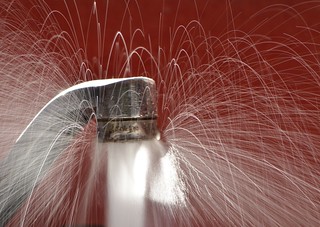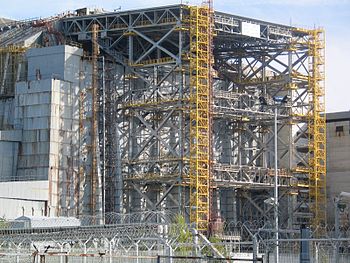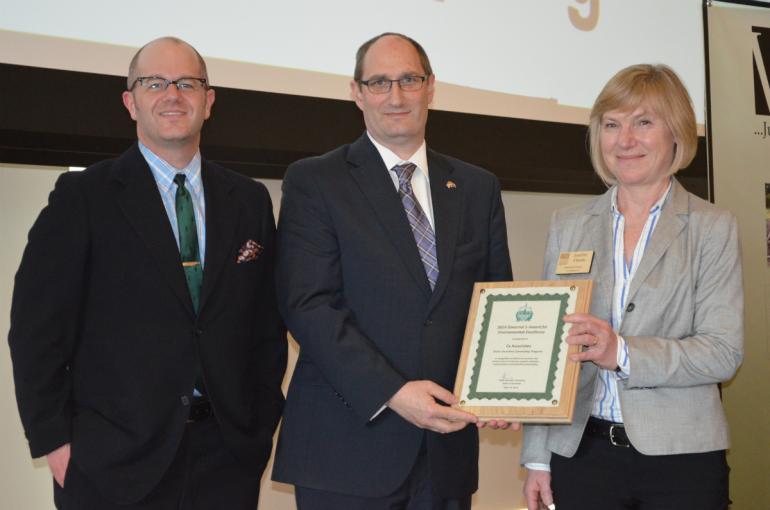We were recently approached by a client inquiring about whether we were able to perform a water consumption analysis for their large campus. The client is looking for ways to reduce the campus’ water consumption. This type of work varies for different buildings depending on how the water is used. With this in mind, we needed to construct a unique scope of work in order to develop a plan that could be implemented and be successful.
How Does Their Usage Compare?
Our first step for determining the scope of work was to take an initial look at the campus’ current water consumption per square foot and how it compares to other buildings similar to it. This would allow us to have a better idea of how much reduction is feasibly possible and to establish a baseline for this particular campus. In this case, the total consumption per square foot ended up being 37% less than the Commercial Building Energy Consumption Survey (CBECS) average consumption, meaning this campus was doing quite well with water consumption in comparison to similar properties. This created a new approach from an analysis standpoint, because it was important to determine if it was even possible for the water consumption to be reduced, and what type of service we wanted to offer to this client that would be valuable and feasible for them.
Matching Meters
Our first step is to review what is currently being metered and sub-metered within the campus, whether it is equipment/systems (e.g., cooling tower) or individual buildings. It became evident that there wasn't a sufficient system in place for sub-metering and trending water usage over time. This campus has a large quantity of water meters, and there is limited information on what each meter serves and where it is located. The second phase of our scope of work is to use the information we determine from on-site visits as well as information from the utility to develop a plan for additional sub-metering to capture the breakdown by building or by system, as well as how to implement trending of real time water usage (new meters that have pulse outputs or some other means of communication to a BMS, or building management system). Even though this campus has low annual water consumption as a whole, it is still important to determine if certain buildings are worse than others and can be focused on first.
This project is still in the works, with our first site visit approaching. It will be interesting to see where the work takes us and what we learn about the water consumption at this campus. In future blog posts, I will reveal the outcome of our initial study as well as any implementations that were made to assist this client with reducing its water consumption.





